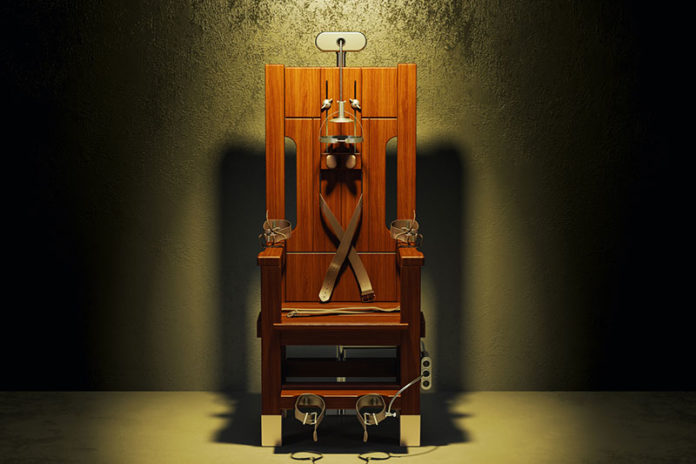In recent decades, the United States has gone through a vast experiment in crime and punishment to answer the question: “What would happen if you began phasing out the death penalty?” We have an answer, not that the Trump administration cares.
At Donald Trump’s campaign rallies, you could see people in T-shirts with the message: “Trump 2016. F— your feelings.” But when it comes to capital punishment, the president and his supporters put their visceral impulses above real-world experience.
In July, Attorney General William Barr announced that the federal government would resume executing inmates who have been given death sentences, something it hasn’t done since 2003. The Justice Department says this will serve the purpose of “bringing justice to victims of the most horrific crimes.”
In Barr’s mind and many others, that may be true. But while the thirst for vengeance may be understandable, it is a weak basis for criminal justice. It offers no more protection for society at large than a sentence of life without parole.
Death sentences are handed out in an unpredictable and arbitrary manner. Among the factors are the preference of the prosecuting office, the location of the crime, the race of the killer and the race of the victim.
When it comes to whether the death penalty will be sought, says Robert Dunham, executive director of the Death Penalty Information Center, “the biggest factor is not what you did, but who the prosecutor is who makes the decision.”
A murder that might be deemed to warrant the death penalty in one county might not be in the adjacent one, and likewise with one state versus another. In the case of the federal death penalty, the key may be whether it takes place on federal land. The border between life and death can be a literal border.
Race takes a leading role. Studies of different states have found that those who kill white people are far more likely to get death sentences than those who kill African Americans. Dunham says the data indicate that in the capital punishment process, “black lives don’t matter as much.”
The Supreme Court struck down all death penalty laws in 1972 and established standards for restoring them. Most states rushed to make the needed changes, and executions became increasingly frequent, rising from one in 1981 to 23 in 1990. But the murder rate barely budged over that period.
During the 1990s, supporters could claim a turnaround. As the number of executions rose to a peak in 1999, the murder rate dropped by more than a third. But the improvement can’t be attributed to capital punishment, because it was part of a broad drop in crime. Aggravated assaults, which aren’t subject to the death penalty, declined even more than murders.
As dozens of death row inmates were exonerated and public support for capital punishment ebbed, the number of death sentences carried out has plunged by 74%, from 98 at the peak to 25 last year. Today, reports the DPIC, 21 states have abolished it, and four others have moratoria declared by their governors.
Barr said in 1991, “We need a death penalty to deter and punish the most heinous federal crimes such as terrorist killings.” Oh? Where is the evidence that it deters anyone? As executions became far less common after 1999, the national murder rate didn’t climb, as you might expect. It declined slightly.
The idea that al-Qaida confederates would be scared straight is especially ludicrous. People who contemplate terrorism are not the sort who buy annuities to provide for their old age.
The 9/11 hijackers were at no risk of a lethal injection, because their own deaths were part of the plan. Suicide bombers don’t worry about prosecution. Mass shooters face a higher risk of dying at the scene than in a prison execution chamber.
The administration’s insistence on pursuing the death penalty makes anger a higher priority than fiscal economy. Seeking and imposing it is far more expensive than settling for life imprisonment for killers.
A study found that Louisiana spent $200 million over the past 15 years on the death penalty system that yielded one execution. In 2008, a California commission figured the state could save about $125 million a year by abandoning capital punishment.
The Trump administration and its supporters, however, don’t care that the death penalty wastes money and fails to deter crime. All that matters is how it makes them feel.






























